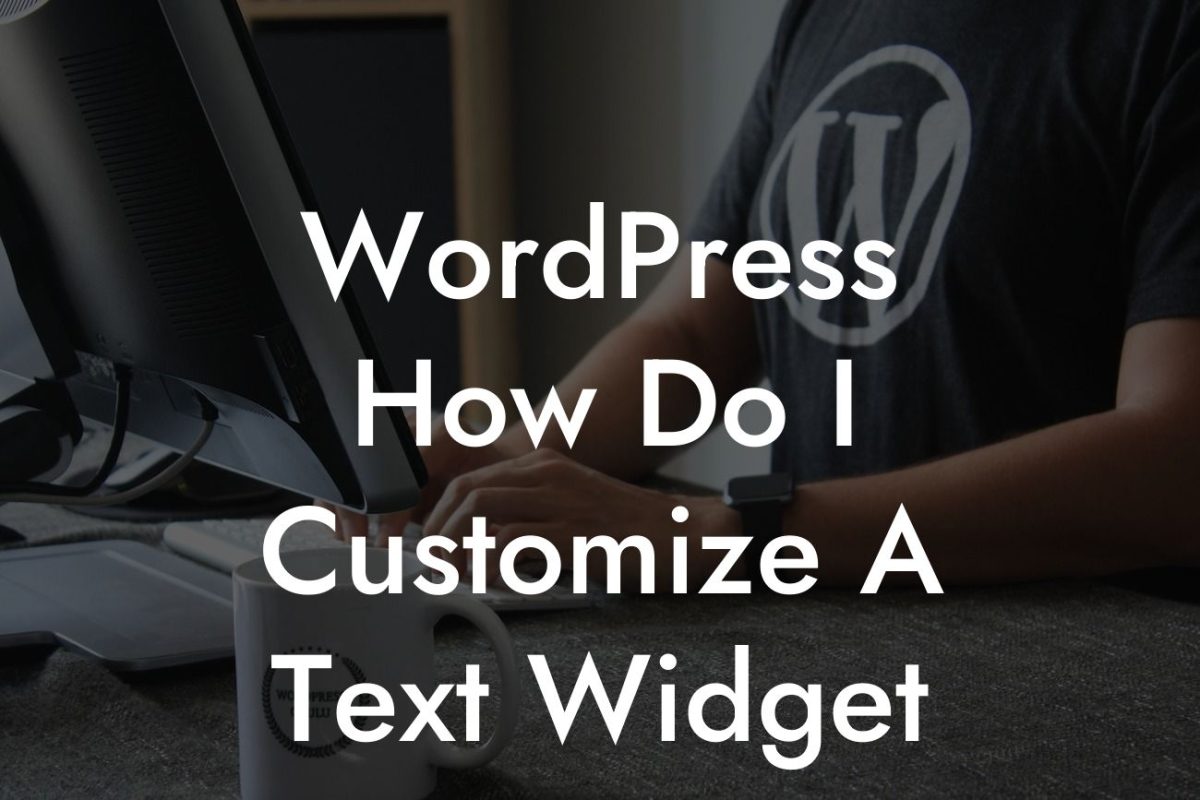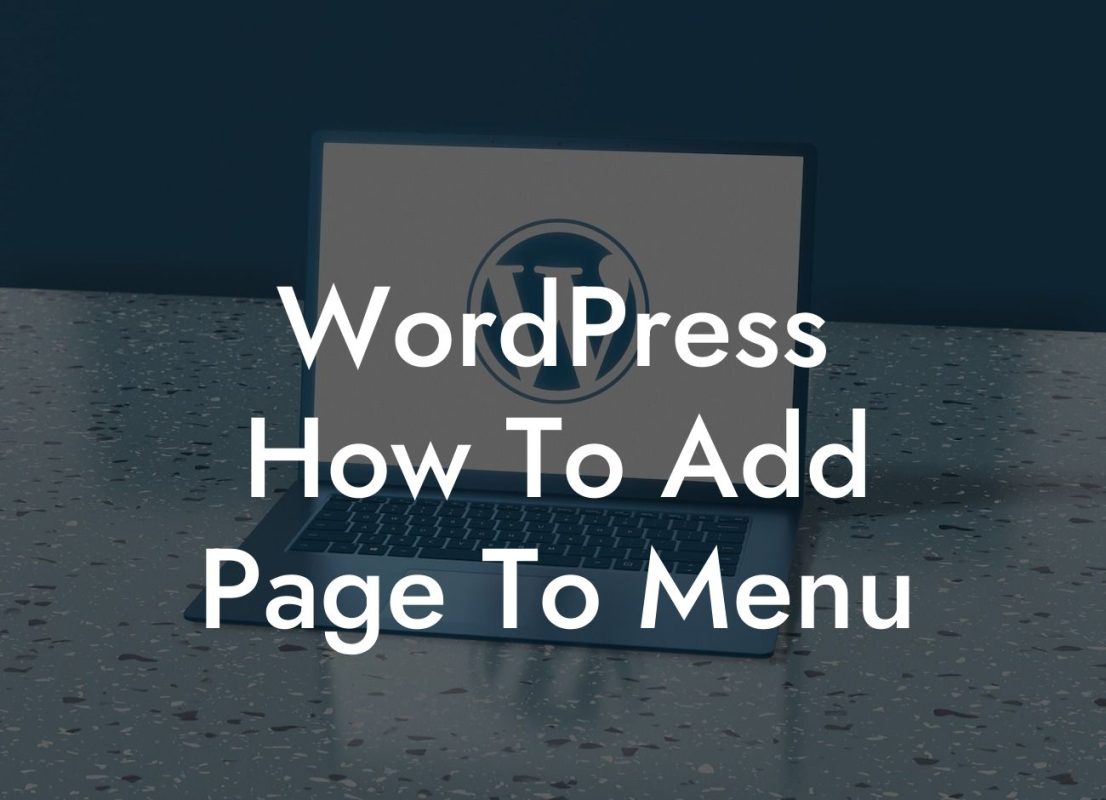Website speed plays a vital role in the success of any online business. In the fast-paced digital world, where attention spans are shorter than ever, a slow website can deter potential customers and affect your overall user experience. Slow loading times not only frustrate visitors but also impact your search engine rankings. So, if you're looking to supercharge your website's performance, it's time to learn how to speed up your WordPress website. In this article, we'll dive into some practical tips and techniques that will help you optimize your site's loading speed and boost your online presence.
When it comes to optimizing your WordPress website for speed, there are several areas that you need to focus on. Let's explore each of these areas in detail:
1. Choosing a Fast and Reliable Hosting Provider:
Your hosting provider plays a significant role in determining your website's speed. Look for a hosting provider that offers fast servers, ample resources, and a robust infrastructure to ensure optimal performance.
2. Minimize HTTP Requests:
Looking For a Custom QuickBook Integration?
Reducing the number of HTTP requests helps reduce your website's loading time. Optimize your site's design by combining CSS and JavaScript files, reducing the use of external resources, and implementing caching techniques.
3. Compress and Optimize Images:
Large image sizes can severely impact your website's loading speed. Compress and optimize your images by using suitable image compression plugins or tools. This helps reduce file sizes without compromising on image quality.
4. Enable Caching:
Implementing caching techniques can significantly speed up your website. Utilize WordPress caching plugins that generate static HTML files, minimizing the need for dynamic page generation on every visit.
5. Minify CSS and JavaScript:
Minifying your CSS and JavaScript files removes unnecessary code and reduces file sizes. Use plugins or online tools to minify your files, making them load faster for your visitors.
6. Use a Content Delivery Network (CDN):
A CDN helps distribute your website's files across multiple servers worldwide, reducing the distance between users and your site's server. This leads to faster loading times, especially for users located far from your server's location.
How To Speed Up A Wordpress Website Example:
Let's take the example of a small online store selling handmade jewelry. The website initially had slow loading times, resulting in high bounce rates and a decrease in sales. After implementing the above techniques, the website's loading speed improved significantly. As a result, visitors stayed longer, explored more products, and ultimately made more purchases. The improved loading speed also helped boost the store's search engine rankings, leading to increased organic traffic and higher revenue.
In today's competitive online landscape, having a fast-loading WordPress website is crucial for success. By following the tips and techniques mentioned in this article, you can effectively speed up your website and provide an exceptional user experience. Make sure to explore DamnWoo's range of powerful plugins designed exclusively for small businesses and entrepreneurs. Don't forget to share this article with others who can benefit from it and explore our other informative guides. Start optimizing your website today and witness the extraordinary results!













